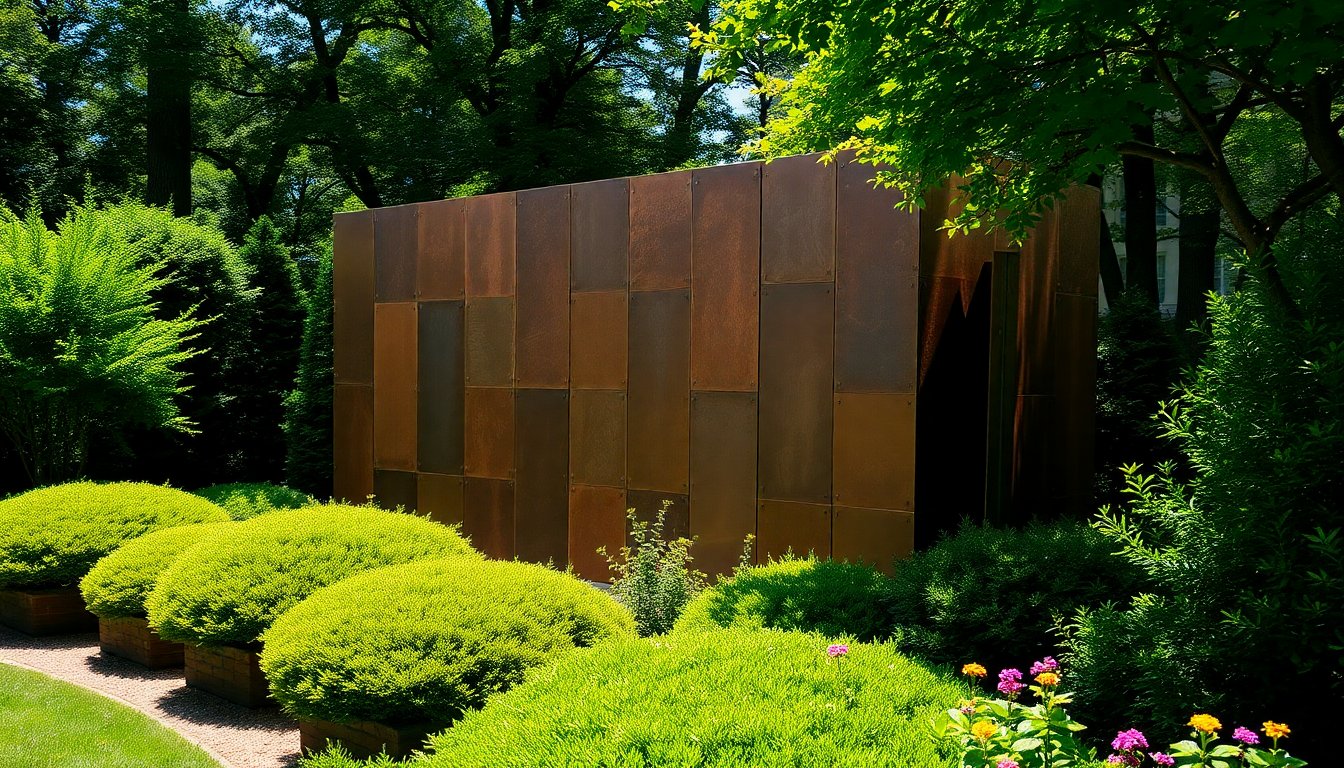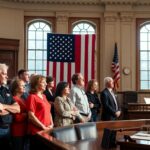Table of Contents
The Kryptos sculpture at CIA headquarters has intrigued cryptographers and enthusiasts for over three decades. Created by artist Jim Sanborn and inaugurated in 1990, this artwork features four encrypted passages. Three have been deciphered, while the last, known as K4, remained unsolved until a surprising discovery in a public archive disrupted plans for its auction.
Plans were recently underway to auction materials linked to the Kryptos sculpture, including what was thought to be the long-awaited solution to K4. However, the discovery of the plaintext by two researchers shifted the narrative, raising questions about ownership, ethics, and the essence of art.
The unexpected breakthrough
Writer and researcher Jarett Kobek, who had previously tried to decode K4 without success, decided to investigate further upon learning of Sanborn’s upcoming auction. He noticed a reference to “copies of coding charts used to code Kryptos” stored at the Smithsonian Institution.
Intrigued, he enlisted the help of his colleague, playwright and journalist Richard Byrne, to search the archives.
What they found was remarkable. Within Sanborn’s files were five pages filled with letter grids that, when combined with previously released clues, revealed the plaintext of K4—a 97-character message that had puzzled many for decades.
On September 2, Kobek pieced together the information and promptly informed Sanborn of the breakthrough.
Sanborn’s reaction and the ensuing chaos
The revelation left Sanborn in disbelief. He likened it to Kryptos being “kidnapped.” In response, he rushed to the Smithsonian and requested that the relevant documents be sealed for 50 years, attributing this “monstrous mistake” to an oversight during a health crisis.
While undergoing treatment, he had inadvertently included the plaintext in his submission to demonstrate the appropriateness of the sculpture’s content to the CIA.
This newfound solution threw the planned auction into turmoil. The auction firm, RR Auction, had marketed the sale as providing “exclusive access” to the complete solution.
Following the public revelation of Kobek and Byrne’s findings, the auction listing was swiftly modified, and legal discussions began. Kobek was approached to sign a nondisclosure agreement, which would have granted him a share of the auction proceeds, but he declined, arguing that continuing to sell the materials as exclusive could be viewed as fraudulent.
The changing landscape of Kryptos
By late October, auction bids had reached approximately $137,859, significantly lower than earlier estimates of around $300,000. The auction, now branded as offering insights into “K5”—a supposed extension of the Kryptos puzzle—is set Sanborn maintains that while the plaintext has been disclosed, the true cryptographic key—the code’s underlying method—remains a secret known only to him. He emphasized, “The key is the main thing being auctioned; nobody knows the key but me.”
Implications for the future
This recent development has sparked debates within the global Kryptos community. Many enthusiasts argue that while K4’s text has been revealed, the code itself has not been fully “cracked.” Elonka Dunin, a prominent expert on Kryptos, stated that the sculpture’s allure remains intact. “Numerous individuals have proposed solutions,” she noted. “The primary question we ask is, ‘What’s your method?’ If they lack one, they’re often dismissed.”
Sanborn’s miscalculation has ignited broader discussions about knowledge ownership, the ethics of art in the digital age, and the value of secrecy. Although a secret that remained hidden for 35 years may now be locked away again for several decades, the enigma surrounding Kryptos continues to thrive, reflecting our ongoing fascination with puzzles and the hidden narratives they convey.





